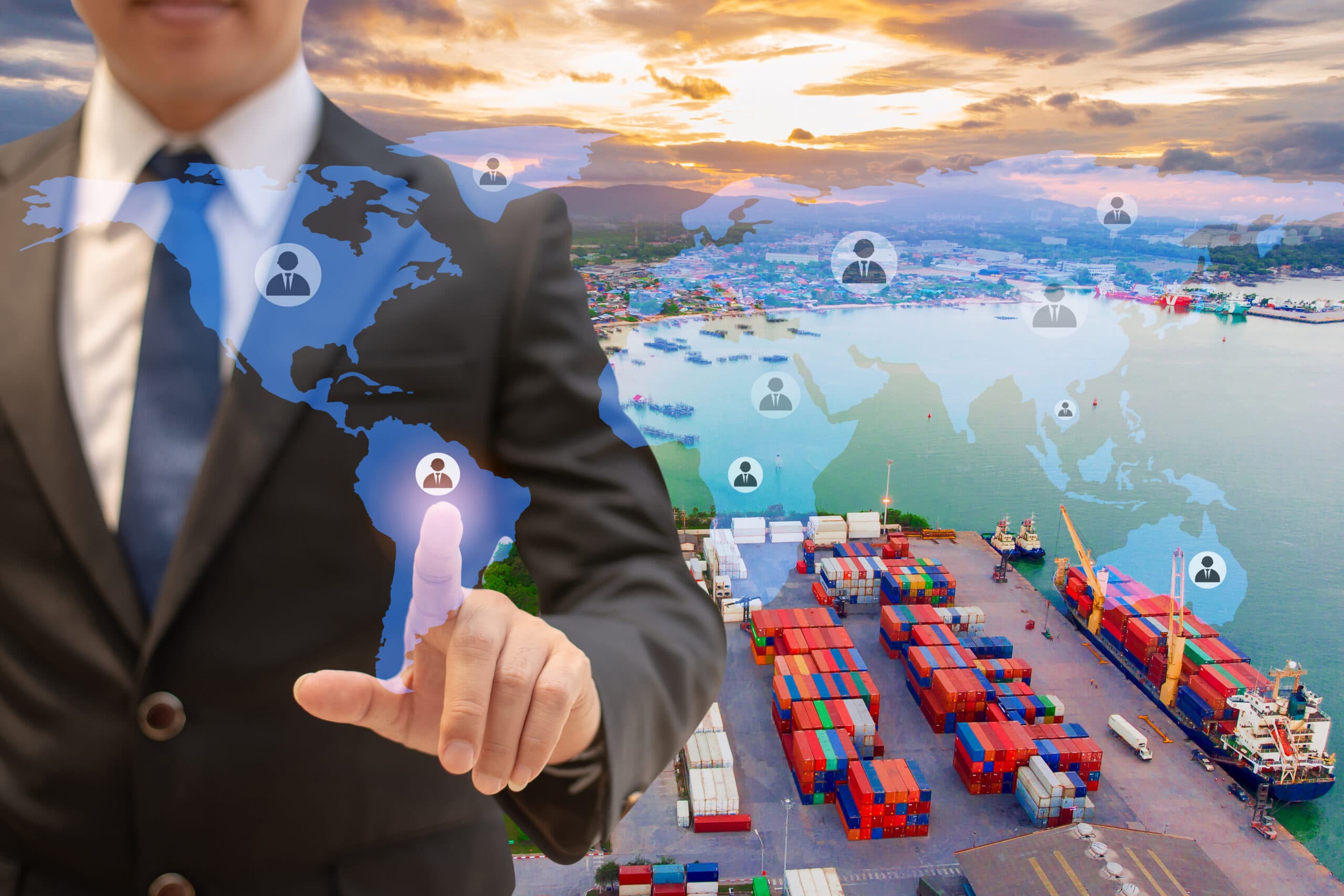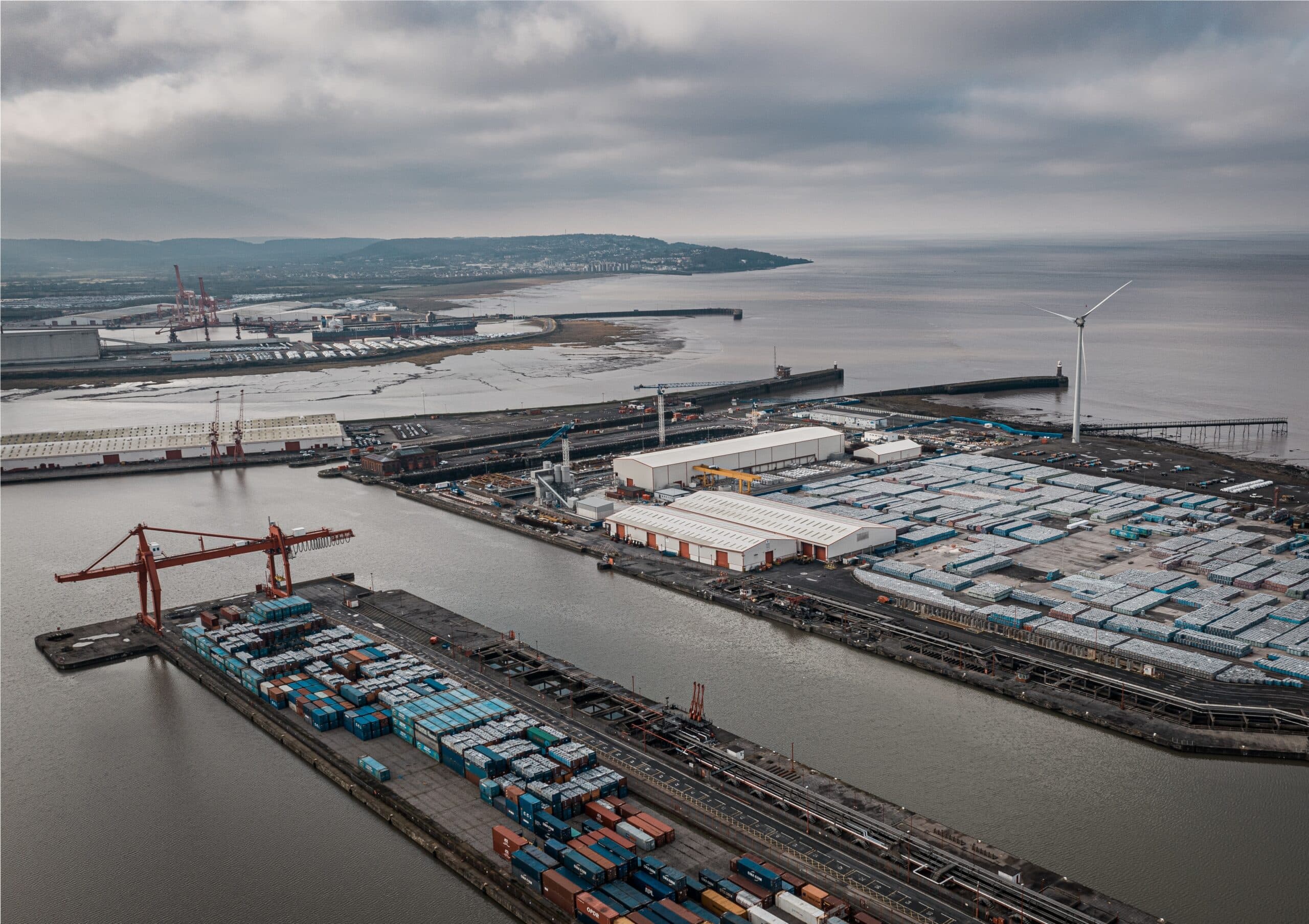Customs Clearance London Gateway: Your Complete Guide to Hassle-Free Import & Export

As international trade continues to expand rapidly, efficient customs clearance has become crucial for businesses importing or exporting goods through the UK. One of the most significant logistics hubs for freight in the country is London Gateway Port—a deep-sea container port and logistics park situated on the Thames Estuary in Essex. If you’re moving cargo in or out of the UK, understanding how customs clearance at London Gateway works is essential for smooth and compliant trade operations.
In this comprehensive guide, we’ll break down the customs clearance process, the role of freight forwarders and brokers, key documentation required, and how to streamline your logistics at London Gateway Port.
What is Customs Clearance?
Customs clearance is the process of preparing and submitting the necessary documentation to gain permission from government authorities to import or export goods. This includes ensuring all duties, taxes, and compliance regulations are met.
At London Gateway, customs clearance involves collaboration between HMRC (Her Majesty’s Revenue and Customs), port authorities, shipping companies, and customs brokers to ensure cargo moves legally and efficiently across borders.
Why London Gateway Matters for UK Trade
London Gateway is one of the UK’s most advanced and strategically located ports. Owned and operated by DP World, it offers unmatched connectivity, deep-sea access, and a high-tech logistics park. Here’s why it’s a preferred hub for customs clearance:
- Proximity to London and major UK markets
- Fast rail and road connectivity to major cities
- State-of-the-art container handling equipment
- Streamlined digital systems for port operations
These features make London Gateway a vital choice for importers and exporters seeking speed, reliability, and transparency.
Step-by-Step Customs Clearance Process at London Gateway
Understanding each phase of the clearance process helps avoid delays and penalties. Here’s a step-by-step look:
1. Pre-Arrival Preparation
Before the shipment arrives, your customs broker or freight forwarder submits a Customs Declaration via the Customs Declaration Service (CDS). Key information includes:
- Commodity codes
- Value of goods
- Country of origin
- Applicable duties and VAT
- Incoterms and shipping details
2. Arrival at Port
Once your container arrives at London Gateway, port systems will notify the broker or declarant. Goods will undergo:
- Risk assessment
- Customs examination (if flagged)
- Possible document or physical checks
3. Duties and Tax Payment
If applicable, duties and VAT are paid electronically through CDS. Businesses can use a Deferment Account or pay through the customs agent.
4. Release of Goods
Upon approval and payment, the cargo is released for transport. If a consignment is held, customs will notify you with the reason—such as missing documents or classification errors.
Key Documents Required for Customs Clearance
Accuracy in documentation is critical. The following are commonly needed:
- Commercial Invoice: Details the goods, value, buyer, and seller.
- Bill of Lading or Airway Bill
- Packing List
- Import or Export Declaration
- Certificate of Origin (if required)
- Commodity Codes (HS Codes)
- EORI Number: All businesses importing/exporting from the UK need one.
Errors in any of these documents can lead to shipment delays, additional costs, or penalties.
Common Customs Challenges at London Gateway
Even at a highly efficient port like London Gateway, customs issues can arise. Here are frequent hurdles businesses face:
• Incomplete or Incorrect Declarations
Mistakes in commodity codes, valuations, or origin details can trigger audits or rejections.
• Delays in Duty Payment
Failure to prearrange payment methods can delay goods being released.
• Documentary Discrepancies
Inconsistencies between commercial invoice and customs declarations are red flags for HMRC.
• Lack of Pre-clearance Preparation
Many businesses underestimate the importance of advance customs planning.
Role of Customs Brokers at London Gateway
To navigate the customs maze, most importers and exporters work with customs clearance agents or brokers. These professionals are licensed to handle all clearance tasks on your behalf. At London Gateway, brokers:
- Classify goods correctly under UK Tariff
- Ensure VAT and duties are accurately calculated
- Submit declarations through the CDS
- Communicate with HMRC on inspections or document issues
- Arrange for post-clearance audits or appeals if needed
A reliable customs broker ensures compliance while saving time and reducing costs.
Why Choose London Gateway for Your Customs Needs?
With high-volume capacity and cutting-edge technology, London Gateway stands out in the UK’s customs and logistics infrastructure. Here are some of its unique advantages:
1. Integrated Logistics Hub
The co-located logistics park reduces the time between container arrival and inland distribution.
2. Digital Customs Interface
DP World’s advanced digital tools allow for real-time tracking, slot bookings, and electronic document submission.
3. Fast Turnaround Time
London Gateway is engineered for efficiency, minimizing container dwell time and customs delays.
4. Dedicated Customs Support
With onsite customs professionals and agents, you receive quick resolutions to queries or documentation problems.
Tips for Efficient Customs Clearance at London Gateway
To ensure your imports or exports are processed without a hitch, follow these best practices:
- Partner with a certified customs broker experienced with UK regulations.
- Plan ahead: Submit documentation before cargo arrival.
- Use the correct HS codes and double-check origin declarations.
- Leverage digital tools provided by the port or your broker.
- Monitor changes in trade rules (e.g., Brexit updates, sanctions, etc.).
Being proactive saves money, time, and stress in the long run.
Post-Brexit Considerations for Customs Clearance
Since Brexit, UK customs processes have changed significantly. Goods moving between the EU and UK now require full customs declarations. London Gateway, being a global hub, has adapted with:
- Dedicated Brexit transition teams
- Trader Support Service (TSS)
- Expert handling of UK-EU shipments
Businesses must stay informed about evolving trade agreements and ensure their brokers are up-to-date with the latest rules.
Conclusion: Make Customs Clearance at London Gateway Seamless
Whether you’re importing electronics from Asia or exporting food to the EU, customs clearance at London Gateway is a vital step in your logistics chain. With the right preparation, accurate documentation, and the help of professional customs brokers, your goods can move through the port efficiently and without hassle.
London Gateway’s strategic location, world-class infrastructure, and streamlined customs operations make it the perfect gateway to UK and international markets.
Need Help with Customs Clearance at London Gateway?
Partner with experienced customs agents who understand the intricacies of UK trade. From document handling to post-clearance support, we ensure your cargo moves smoothly, compliantly, and on schedule.
Contact us today for a free customs clearance consultation.






.png&w=256&q=75)
